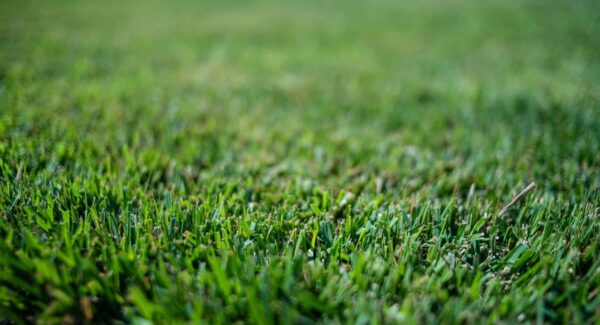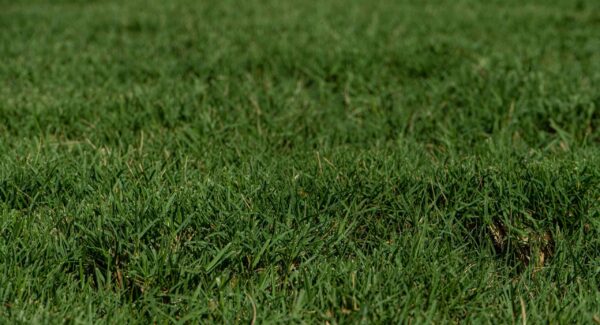What Does Lime Do for Your Grass, How and When to Apply It
Soil condition is a critical factor in your lawn’s overall health and vitality, and lime treatment is one of the most effective methods for improving soil quality and helping your grass flourish.
Understanding the process and benefits of lime treatment can significantly enhance your lawn’s health and appearance, transforming your approach to lawn care. This practice involves applying lime to the soil to naturally adjust its pH, making it more suitable for plant growth. By neutralizing soil acidity, lime helps improve nutrient uptake and supports healthier grass.
In this guide, we’ll explore the benefits of lime for lawns, application methods, and optimal treatment times.
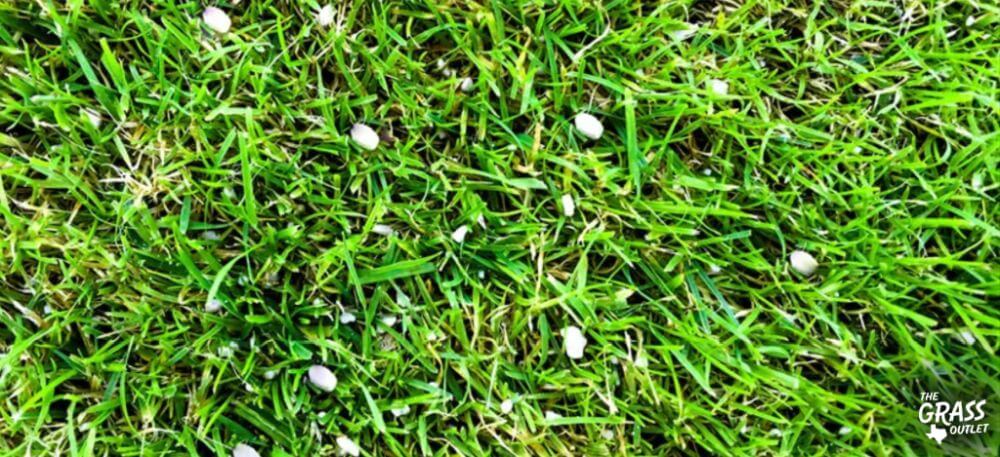
What Does Lime Do for Your Grass?
Understanding Soil pH
The pH level of your soil is a crucial factor in how well the grass’s roots can absorb nutrients.
Soil pH measures acidity or alkalinity on a scale from 0 to 14. A pH of 0 indicates highly acidic soil, while a pH near 14 is very alkaline. The ideal pH range for most plants is between 6 and 7, where the soil is neutral, while grass struggles to grow well in soil below five or above eight pH.
Different grass types thrive within specific pH ranges, so testing your soil can reveal if it’s too acidic or alkaline for your grass.
Warm-season grasses can handle a slightly lower pH, while cool-season grasses thrive in a somewhat higher pH range.
When soil pH stays within preferred ranges, essential nutrients remain accessible to the grass. However, if the pH drifts too far in either direction, even abundant nutrients become less available to the grass. Adjusting the pH to the optimal level enhances nutrient absorption, resulting in a healthier, more robust lawn. This is particularly important in areas with naturally acidic or alkaline soils.
Lime’s Role in Balancing Soil pH
Lime is a soil amendment derived from ground limestone rock, containing natural compounds like calcium and magnesium carbonate. Lawns require lime when low soil pH begins to restrict nutrient availability. When applied to soil, lime raises the pH level, reducing acidity and increasing alkalinity to adjust soil pH and make nutrients more accessible to plants.
Signs Your Lawn Needs Lime
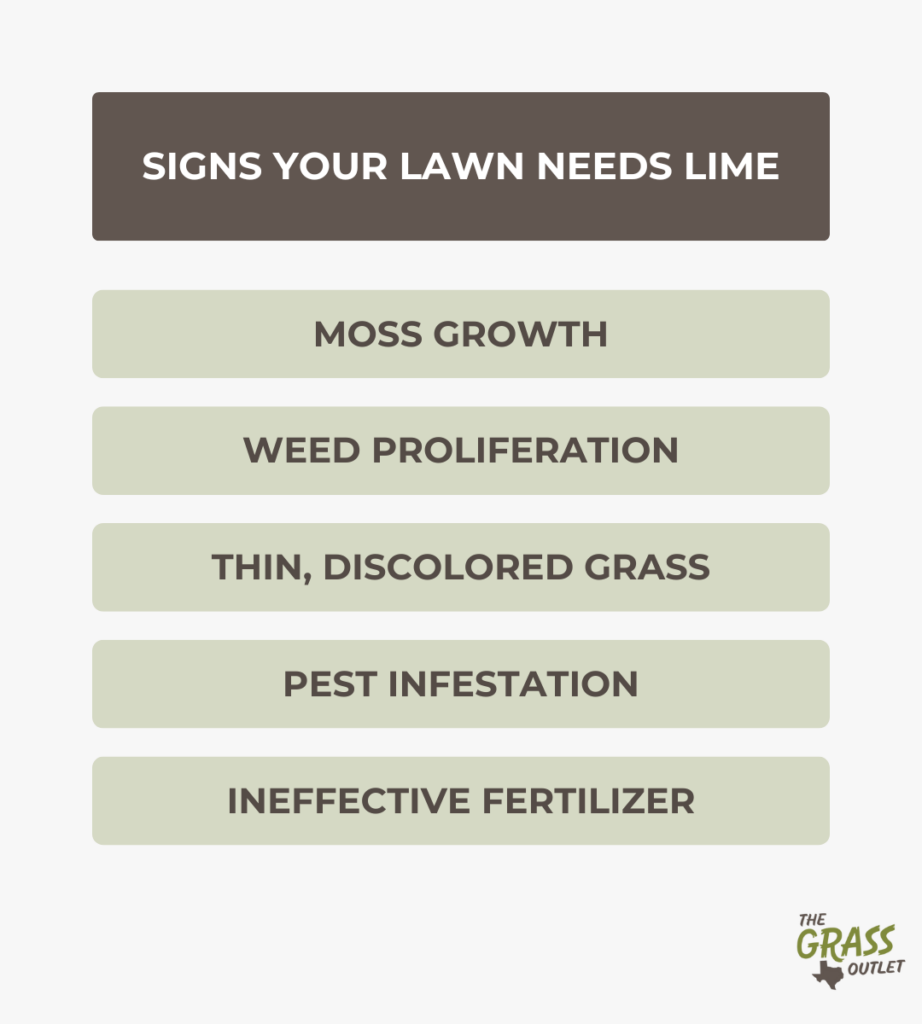
Your lawn provides clear indicators when it needs a lime treatment, and here’s what to watch for:
- Moss Growth: Moss presence often signals that your soil’s pH is too low for grass to thrive.
- Weed Proliferation: A sudden increase in weeds may suggest your soil is overly acidic.
- Thin Grass and Discoloration: Grass thinning out can indicate acidic soil conditions. Similar, yellow, or brown patches could indicate acidity issues.
- Pest Infestation: Persistent pests and diseases often flourish in acidic soil.
- Ineffective Fertilizer: If fertilizer isn’t producing results, your soil’s acidity might be too high.
The best approach to confirm if lime treatment is needed is to do a soil test. It accurately shows your soil’s current pH level and other factors influencing the amount of lime or other required amendments. Applying lime unnecessarily or excessively can harm your grass rather than benefit it. If your soil is highly acidic, it’s recommended to retest annually until the correct balance is achieved. For established lawns, testing should be done every three to four years.
Types of Lime for Lawns
There are various types of lime, with Calcitic and Dolomitic lime being the two most common varieties.
Calcitic lime, or Agricultural Lime, is made of calcium carbonate, while Dolomitic lime contains calcium and magnesium. The main factors in selecting the appropriate lime for your soil are the soil’s pH and magnesium content.
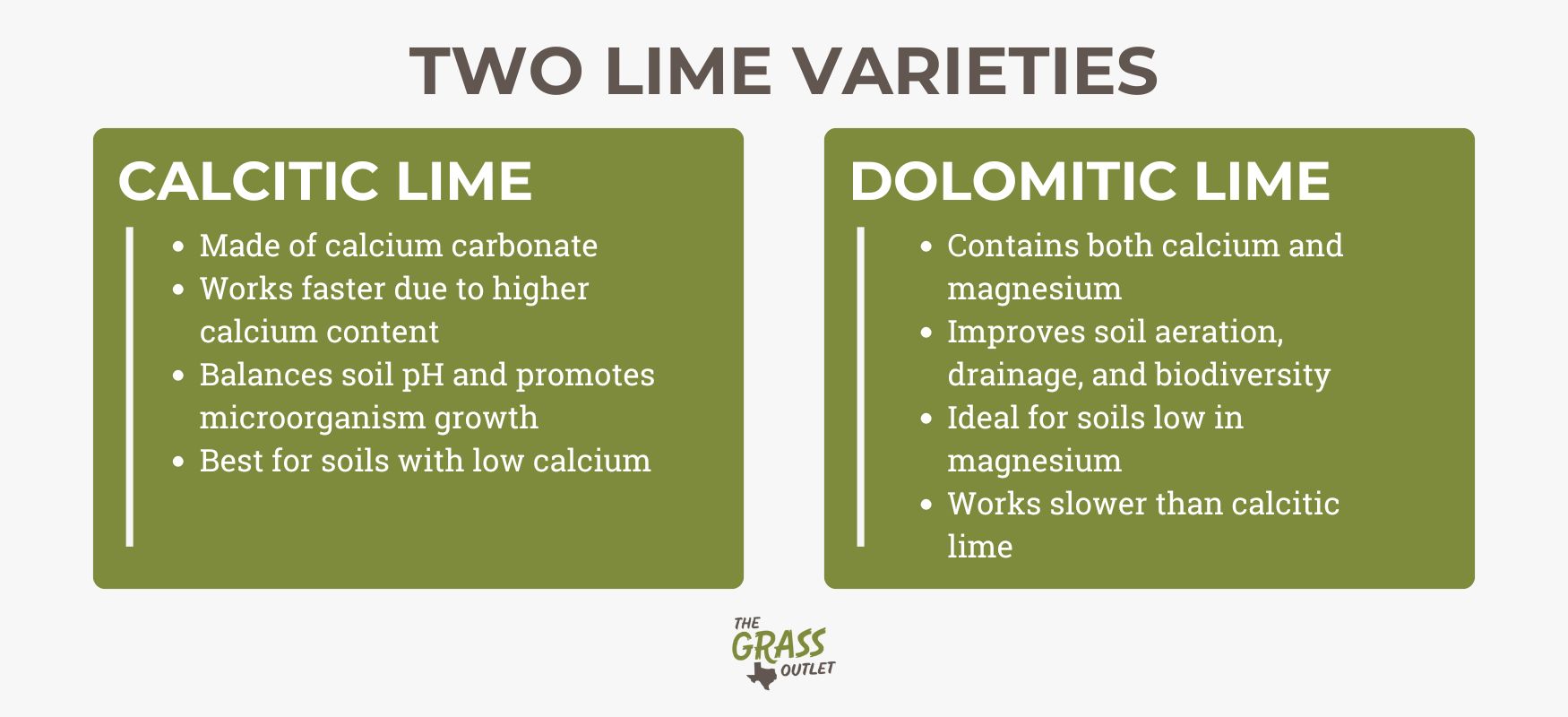
Both types are equally effective at neutralizing soil acidity, so choose the one that aligns with your soil’s requirements based on your soil test results.
Proper calcium-to-magnesium ratios are essential for healthy growth. Dolomitic lime, by adding magnesium and calcium, improves soil aeration, drainage, and biodiversity, supporting a more diverse soil ecosystem.
Calcitic lime also effectively balances soil pH, encourages microorganism growth, and works faster than dolomitic lime due to its higher calcium carbonate content. Although it requires some time to take full effect, Calcitic lime is often sufficient for maintaining balanced pH levels.
Powdered vs. Pelleted Lime
Different lime forms can also influence lime effectiveness. Pelletized limestone, commonly known as pelletized lime, is produced by crushing limestone rock into a fine powder and then granulating it into pellets. This fine powder dissolves quickly, allowing the lime to start working rapidly.
Powdered lime, or ground lime, is made by grinding limestone rock into a powder. This form of lime breaks down and acts faster.
The main difference between pelletized and powdered lime is their ease of use. While both forms dissolve quickly due to their texture, powdered lime can be challenging to handle and apply accurately. It can also blow into unintended areas, making applications messy and ineffective. Pelletized lime addresses these issues by transforming the powdered lime into easy-to-handle pellets, reducing dust, and simplifying application.
How to Apply Lime to Your Lawn
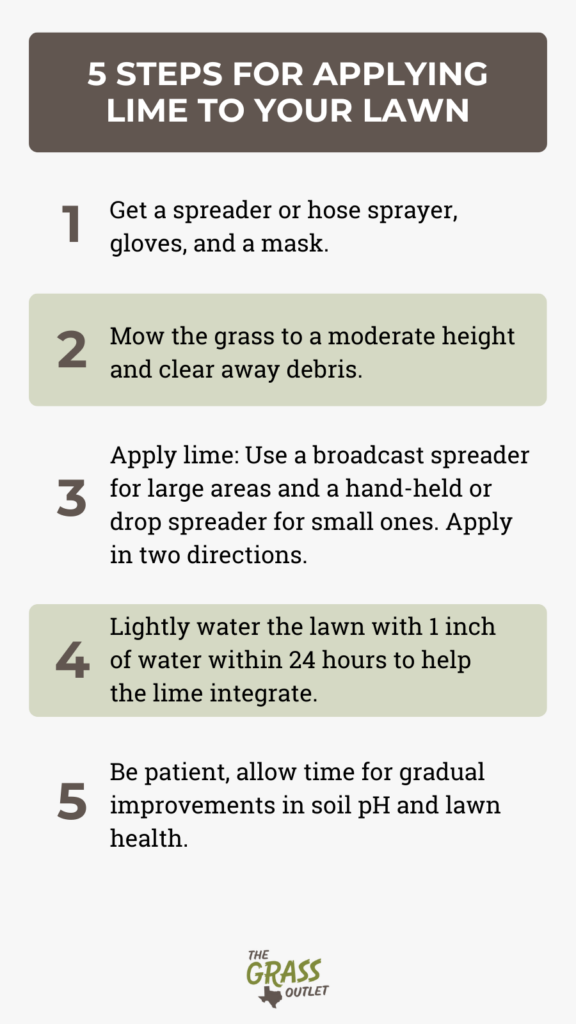
Start by preparing your lawn: mow the grass to a moderate height and clear away leaves, sticks, and other debris to ensure even lime distribution.
Consider different application methods depending on your lawn size and the type of lime. For larger areas, a broadcast (or rotary) spreader will help distribute lime evenly across your lawn. A hand-held spreader is suitable for smaller or more targeted applications. In addition, for precise application in smaller areas, a drop spreader releases lime through controlled openings directly onto the soil.
It is recommended that the first half be applied in one direction and the remaining half in the opposite direction to create a criss-cross pattern and ensure even coverage.
After applying lime, lightly water your lawn to help the lime integrate into the soil. This is an important step that shouldn’t be forgotten. Aim for about 1 inch of water within 24 hours to activate the lime effectively.
Expect gradual improvements in your lawn’s health and appearance as the lime adjusts the soil pH. Patience is essential, as it takes time for lime to enhance nutrient absorption and boost resilience against pests and diseases.
When to Apply Lime to Your Lawn
Timing is a crucial aspect of lime application. Fall and early spring are generally the ideal seasons for liming, as the soil is more receptive to pH adjustments during these times. However, the optimal timing can vary based on grass type and soil condition.
For cool-season grasses, the best time to apply lime is in the fall, and for warm-season grasses, it’s preferable to use lime in late spring or fall.
Avoid applying lime during extremely hot or dry conditions, as the lime requires moisture to activate and work effectively. Opt for days with mild weather and a likelihood of rain to help the lime integrate into the soil.
Typically, lawns benefit from lime application every two to three years.
Refer to your soil test results to determine the frequency of lime application. The results also show the amount of lime needed, considering soil type and current pH levels. Follow these recommendations closely, as lime requirements can differ significantly between soil types. For instance, clay soil requires more lime than sandy soil to achieve the same effect.
Most soil test reports will guide the lime needed per 1,000 square feet.
Potential Challenges and Precautions
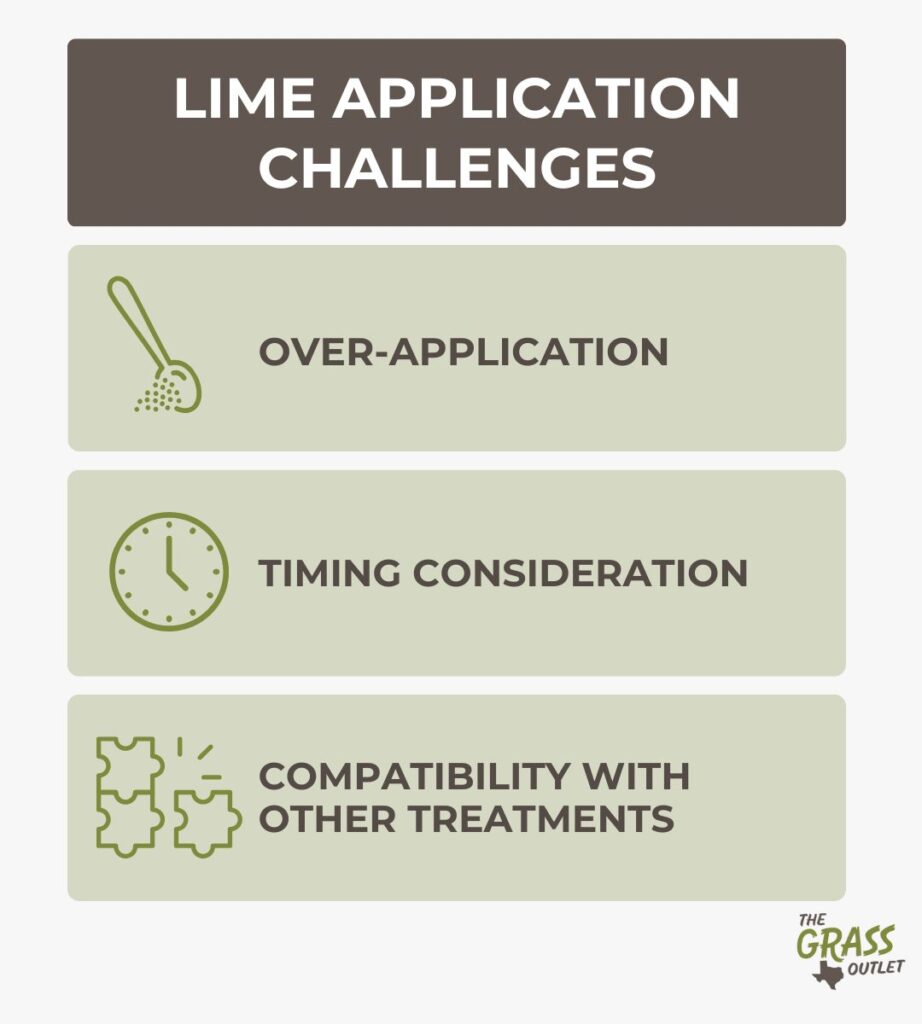
Improper lime application can lead to inefficient results or harm your lawn. To ensure successful treatment, avoid these common pitfalls:
- Over-Application: Too much lime can raise the soil pH excessively, leading to nutrient imbalances and other issues. To avoid this problem, adhere to the recommendations from your soil test or seek advice from a lawn care professional.
- Timing Considerations: Applying lime at inappropriate times can diminish its effectiveness. For the best results, avoid applying lime during extreme weather conditions and follow the recommended seasonal guidelines.
- Compatibility with Other Lawn Treatments: To get the most out of lime and fertilizers, apply lime a few weeks before fertilizing. This allows the lime to adjust the soil pH, creating a better environment for nutrient absorption. Similarly, it’s advisable to apply lime before herbicides, giving it time to alter the pH, which can enhance the effectiveness of weed killers. Generally, lime works well with other soil treatments, but proper timing is crucial. For instance, lime should be applied well before or after other amendments like compost or manure to prevent potential negative interactions that could reduce their effectiveness.
Conclusion
Applying lime to soil offers significant benefits by addressing soil acidity. By neutralizing excess acidity, lime enhances nutrient availability, creating a more favorable environment for plants to thrive and achieve optimal growth.
Follow your soil test results to determine if lime is needed and to gauge the appropriate amount based on your lawn’s size and current pH levels. For effective lawn care solutions, including lime application, consider exploring The Grass Outlet’s products and seeking expert advice and professional services.
